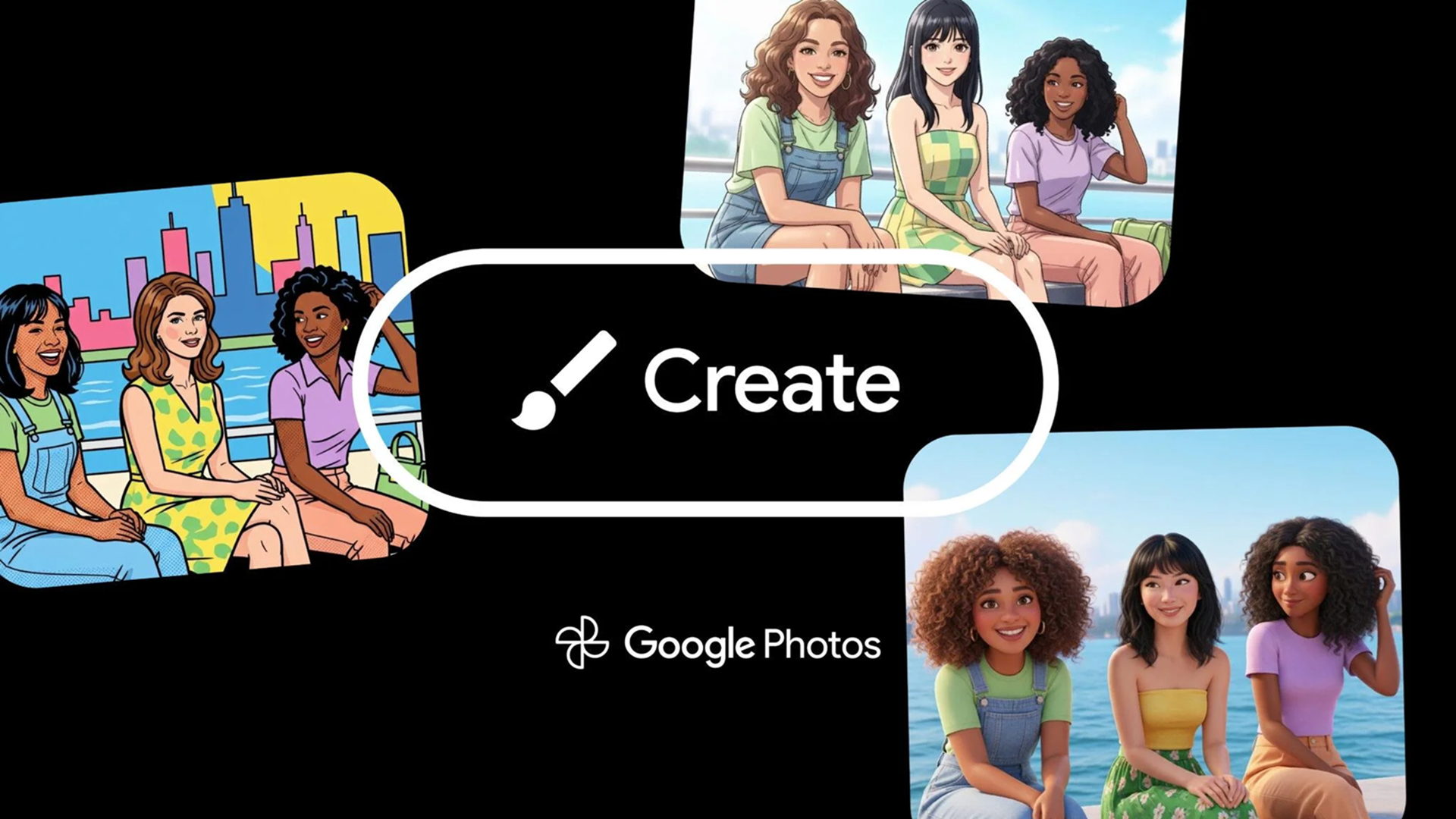Google Photos can now animate your photos into short videos

- Google Photos is adding a feature that turns still images into six-second AI-generated videos
- The platform is also adding a tool called Remix that will remake images into different styles
- All generated content includes visible and invisible watermarks
Google Photos is rolling out new generative AI features that can transform still images into short video clips, briefly bringing anyone in the photo to life and including natural-looking motion. The Photo to Video tool employs Google’s Veo 2 AI video model, the same model deployed on YouTube, Gemini, and other parts of Google’s ecosystem. The feature doesn’t turn your snapshots into full movie trailers; it just creates six-second clips.
Once you see the option to make your images into videos, you just pick the image picture you want to animate, then choose either “Subtle movements” or “I’m feeling lucky” from the buttons below. As you can imagine, the subtle movement choice has the people in the picture move around a little bit. The model is designed to guess what might have happened in that frozen second. The other choice could do anything, perhaps even throw confetti in the air.
The update is rolling out in the U.S. on Android and iOS right now, but there are other AI tools coming later this summer to Google Photos. Most notable is the Remix feature coming in the next few weeks. Remix takes your existing photos and restyles them into looking like comic book panels, anime stills, 3D renderings, or pencil sketch art. It's an ability that Gemini and its many rivals already offer, but now it will be built directly into your photo gallery and won't need you to write a full prompt for it.
All of this comes together in a new section of the app called the Create tab, which will serve as a hub for these tools and any other AI features Google may release in the months ahead. In the near term, it will include the Photo to Video and Remix features alongside the existing collage and highlight video creators. But as Veo gets smarter and Google’s confidence grows, the possibilities could expand into any number of AI enhancements such as extended video clips, voiceovers, or multi-image stories.
The packaging is what is crucial here. This is the first time that photo-to-video generation has been embedded into a mainstream app like Google Photos, which the company claims has more than a billion users.
AI-powered video tools like Sora and Veo have generated headlines for their jaw-dropping realism and deepfake potential. But Google Photos isn’t pitching this update as a creative revolution. It’s presenting it as a memory enhancement. That said, Google doesn't want to accidentally trick anyone about where the new images and videos come from. That's why every AI-generated video or remix will carry a visible label showing that the content was created with AI. They will also each include an invisible SynthID watermark identifying the AI behind its production, the same as the one used by all of Gemini’s image and video generators.
AI photo inspiration
It's unlikely Google will simply drop these new features and move on. After all, the company has already deployed Veo 3, the latest iteration of the text-to-video model, to Gemini and YouTube for higher-quality short videos complete with synced dialogue and background audio. Tools that animate stills today may very well narrate them tomorrow.
Sign up for breaking news, reviews, opinion, top tech deals, and more.
This is more of a play for those not constantly trying the latest AI toy, but who do like to share photos and look at pictures taken by others. It's easy to poke fun at the idea of making your selfie move, but that's the sort of feature that attracts a lot of users who want to see just how animated AI can make them.
You might also like
- You can now edit images in Gemini directly
- I tried Gemini's new AI image generation tool - here are 5 ways to get the best art from Google's upcoming Flash 2.0 built-in image upgrade
- I used Google Gemini to analyze YouTube, and the results were seriously impressive - 4 ways you can use video integration to get the most from AI

Eric Hal Schwartz is a freelance writer for TechRadar with more than 15 years of experience covering the intersection of the world and technology. For the last five years, he served as head writer for Voicebot.ai and was on the leading edge of reporting on generative AI and large language models. He's since become an expert on the products of generative AI models, such as OpenAI’s ChatGPT, Anthropic’s Claude, Google Gemini, and every other synthetic media tool. His experience runs the gamut of media, including print, digital, broadcast, and live events. Now, he's continuing to tell the stories people want and need to hear about the rapidly evolving AI space and its impact on their lives. Eric is based in New York City.
You must confirm your public display name before commenting
Please logout and then login again, you will then be prompted to enter your display name.